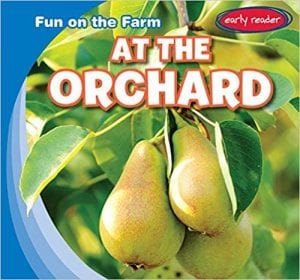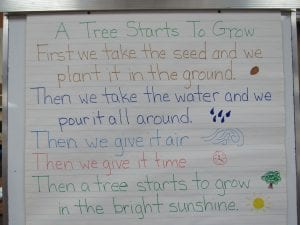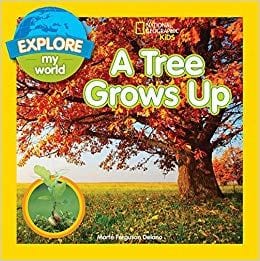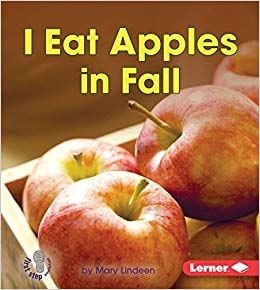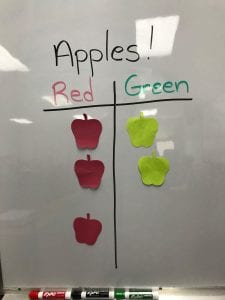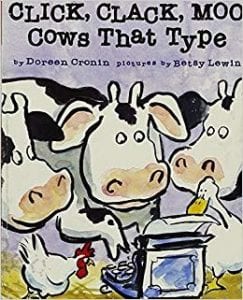 It’s always helpful to repeat books, songs, and rhymes, with students — especially younger learners. It makes concepts more “sticky,” and the kids enjoy participating in activities that they’re comfortable with. So in this session we revisited the topic of scarecrows, mixing some old resources with some new ones.
It’s always helpful to repeat books, songs, and rhymes, with students — especially younger learners. It makes concepts more “sticky,” and the kids enjoy participating in activities that they’re comfortable with. So in this session we revisited the topic of scarecrows, mixing some old resources with some new ones.
 The students briefly saw a scarecrow at the end of There Was an Old Lady Who Swallowed Some Leaves, so for this lesson I wanted to choose a book in which a scarecrow had a more prominent role. I decided on Otis and the Scarecrow by Loren Long so that we could “plant the seed” of becoming a more compassionate friend as well. When the farmer places a scarecrow in the field, the other residents of the farm are put off by his scowl and decide to leave him alone. Only Otis looks past the surface, and his response is a gentle lesson in empathy.
The students briefly saw a scarecrow at the end of There Was an Old Lady Who Swallowed Some Leaves, so for this lesson I wanted to choose a book in which a scarecrow had a more prominent role. I decided on Otis and the Scarecrow by Loren Long so that we could “plant the seed” of becoming a more compassionate friend as well. When the farmer places a scarecrow in the field, the other residents of the farm are put off by his scowl and decide to leave him alone. Only Otis looks past the surface, and his response is a gentle lesson in empathy.
After sitting still for a story and a discussion, it’s time to get up and move. I wrote a simple poem made up of rhyming couplets which included the body parts of a scarecrow and taught it to the students along with some simple motions. We stood up and repeated it a couple of times until everyone was reasonably good at performing it.

The scarecrow pieces on the chart match the scarecrow pieces the students were given. Click to enlarge.
Then I gave each student a sheet of blank construction paper and a set of colored cut-outs of each of the scarecrow parts from Free Kids Crafts. (There’s also a black-and-white version available that kids can color themselves.) The children used the pieces to put together a picture of a scarecrow as we repeated the poem.
We ended with a repeat of the Scarecrow Song by the Learning Station on YouTube. The students always enjoy an opportunity to get up and dance!
Our lining up activity was to have each child name and point to a body part that a scarecrow has. Some of the things I do may sound very easy, but the majority of kids at my school are at-risk students so I usually start simple and then build up to more complex concepts. I’ve found it’s a good way to allow all of the students to experience some success. I also try to include lots of hands-on manipulatives and I bring in real items for them to handle, like the scarecrows you see at the top of this post which came from my local craft store.
I’d love to hear what scarecrow activities you use with your students. Please leave a comment and share!




